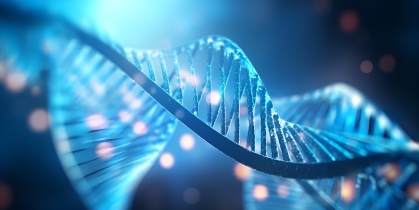Computational Bioengineering

Biomedical engineering (BME) is unique in the engineering disciplines in that it has historically dealt with analysis and observation, rather than synthesis and construction. Thus in mechanical or electrical engineering, the goal has always been to design and construct bridges, airplanes, computers or communications networks. In BME, on the other hand, traditionally existing systems are measured and manipulated rather than being constructed from scratch. Thus cell cultures consist of known cell lines placed under conducive conditions to produce a desired behavior, and artificial hearts and kidneys have been developed in post hoc ways such as by removing cells from an existing organ and infiltrating the remaining structure with stem cells manipulated to differentiate into a desired cell type.
Over the past decade, this paradigm has begun to give way to de novo approaches in which physiological systems and morphological structures are studied as they would be in other scientific or engineering disciplines. So computer simulations have been constructed to duplicate known behaviors and systems. The simulations can then be probed to predict the response to proposed therapies.
This approach is has been applied to model quantitative cellular, tissue-level and organic responses to anti-inflammatory agents in a variety of clinically problems. For example, in the days following severe trauma, some patients undergo an invariably fatal syndrome of systemic organ shut-down, while comparable patients survive. Computer modeling is underway to understand what interventions can affect this perplexing system-wide decision, to give up or to recover As another example, it has long been known that the body's response to anti-inflammatory and chemotherapeutic drugs can vary dramatically with time of day of administration. By quantitatively simulating how the circadian rhythms of cells - both individually and collectively - affect drug metabolization, we have made significant advances in predicting patient responses to pharmaceutical therapies.
Research Clusters
Bioinformatics
Associated Faculty: Ioannis (Yannis) Androulakis, Li Cai
Biomedical Applications of Machine Learning
Associated Faculty: Ioannis (Yannis) Androulakis, Adam Gormley, Mark Pierce, Charles Roth, David Shreiber
Systems Biology and Pharmacology
Associated Faculty: Ioannis (Yannis) Androulakis, Biju Parekkadan, Charles Roth, Troy Shinbrot